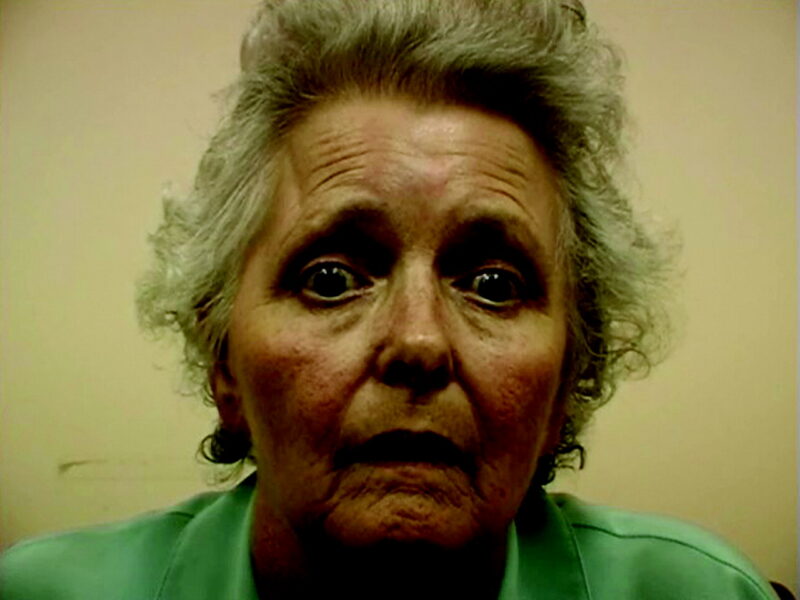Progressive Supranuclear Palsy (PSP) is a rare neurodegenerative disorder that poses significant challenges for individuals affected by its debilitating symptoms. Characterized by progressive deterioration of movement, balance, and cognitive function, PSP leads to severe disability and profound impacts on the lives of patients and their caregivers.
In this essay, we will explore the intricacies of Progressive Supranuclear Palsy, examining its clinical features, diagnostic considerations, treatment approaches, and the profound impact it has on affected individuals and their families.
Clinical Features
Progressive Supranuclear Palsy (PSP) is characterized by a constellation of symptoms that manifest gradually over time, often starting in the sixth or seventh decade of life. The hallmark feature of PSP is the progressive deterioration of movement, leading to difficulties with balance, gait, and coordination.
Individuals with PSP may experience stiffness, rigidity, and slowness of movement, resembling features of Parkinson’s disease. However, unlike Parkinson’s disease, PSP typically presents with a more rapid progression of symptoms and less response to dopaminergic medications.
In addition to motor symptoms, PSP can affect cognitive function, leading to impairments in memory, attention, and executive function. Changes in behaviour and personality may also occur, including apathy, impulsivity, and social withdrawal. Speech and swallowing difficulties are common in the advanced stages of the disease, contributing to further functional decline and dependency on caregivers.
Ocular abnormalities are another hallmark feature of PSP, including impairment of voluntary eye movements, particularly vertical gaze palsy, where individuals have difficulty looking up and down. This distinctive ocular motor dysfunction often presents early in the course of the disease and can aid in differentiating PSP from other neurodegenerative disorders.
Diagnostic Considerations
Diagnosing Progressive Supranuclear Palsy (PSP) can be challenging due to its overlapping clinical features with other neurodegenerative conditions, such as Parkinson’s disease, corticobasal degeneration, and multiple system atrophy. The diagnosis of PSP is primarily clinical, based on the presence of characteristic symptoms and signs, along with supportive neuroimaging findings.
Neuroimaging studies, such as magnetic resonance imaging (MRI) or positron emission tomography (PET), may reveal structural and functional changes in the brain that are suggestive of PSP, including midbrain atrophy, dilation of the third ventricle, and hypometabolism in specific brain regions such as the basal ganglia and brainstem.
Ancillary tests, such as neuropsychological assessments and cerebrospinal fluid analysis, may be performed to evaluate cognitive function and rule out other potential causes of dementia. Genetic testing may also be considered in select cases, particularly in individuals with a family history of neurodegenerative disease or suspected genetic risk factors.
Treatment Approaches
Treatment of Progressive Supranuclear Palsy (PSP) focuses on managing symptoms, improving quality of life, and providing supportive care to patients and their caregivers. Unfortunately, there is currently no cure for PSP, and available treatments aim to alleviate specific symptoms and slow disease progression.
Pharmacological interventions may be prescribed to address motor symptoms, including dopaminergic medications such as levodopa and dopamine agonists, although their effectiveness in PSP is limited compared to Parkinson’s disease.
Medications such as antidepressants and anxiolytics may be used to manage mood disturbances and behavioural symptoms associated with PSP. Nonpharmacological interventions play a crucial role in managing the functional impairments and complications of PSP.

Physical therapy, occupational therapy, and speech therapy can help optimize mobility, maintain independence in activities of daily living, and address speech and swallowing difficulties. Assistive devices, such as canes, walkers, and communication aids, may be prescribed to improve safety and enhance the quality of life for individuals with PSP.
In the advanced stages of the disease, palliative care and supportive services become increasingly important to address symptom management, maximize comfort, and provide emotional support to patients and their families.
Multidisciplinary care teams, including neurologists, geriatricians, nurses, social workers, and hospice professionals, collaborate to deliver comprehensive and compassionate care tailored to the unique needs of individuals with PSP and their caregivers.
Impact on Quality of Life
Progressive Supranuclear Palsy (PSP) takes a heavy toll on the physical, emotional, and social well-being of affected individuals and their families. The progressive nature of the disease, characterized by relentless deterioration of motor and cognitive function, leads to increasing dependency on caregivers and loss of autonomy.
Mobility limitations falls, and difficulty with activities of daily living contribute to further functional decline and diminished quality of life.
Cognitive impairments and behavioural changes in PSP can strain interpersonal relationships and disrupt social interactions, leading to feelings of isolation and loneliness for both patients and caregivers.
The financial burden of managing PSP, including medical expenses, caregiving costs, and loss of income, further compounds the challenges faced by affected families and may exacerbate existing socioeconomic disparities.
The emotional impact of PSP extends beyond the individual affected to their caregivers and loved ones, who often shoulder the responsibility of providing care and support while coping with their feelings of grief, stress, and burnout.
The caregiver burden in PSP is substantial, encompassing physical, emotional, and financial challenges, and requires comprehensive support and resources to mitigate its impact and promote caregiver well-being.
Support Resources
Despite the profound challenges posed by Progressive Supranuclear Palsy (PSP), individuals and families affected by the disease can find solace, support, and advocacy through various support resources and organizations dedicated to neurodegenerative disorders.
Patient advocacy organizations, such as the CurePSP Foundation and the PSP Association, provide educational resources, support services, and opportunities for networking and community building for individuals with PSP and their caregivers.
Online support groups, forums, and social media platforms offer virtual communities where individuals affected by PSP can connect with others, share experiences, exchange information and advice, and find solidarity and empathy from peers worldwide.
These platforms serve as invaluable sources of emotional support, validation, and empowerment, helping individuals navigate the challenges of living with a rare and devastating disease.
Conclusion
Progressive Supranuclear Palsy (PSP) is a rare neurodegenerative disorder characterized by progressive deterioration of movement, balance, and cognitive function, often leading to severe disability and profound impacts on the lives of affected individuals and their families.
Despite the challenges posed by PSP, ongoing research efforts aimed at understanding disease mechanisms, identifying potential biomarkers, and developing novel therapeutic interventions offer hope for improved outcomes and better quality of life for individuals affected by this devastating condition.
Through a multidisciplinary approach that combines pharmacological interventions, supportive care measures, and access to support resources, individuals with PSP can find solace, resilience, and empowerment in their journey towards better health and well-being.










